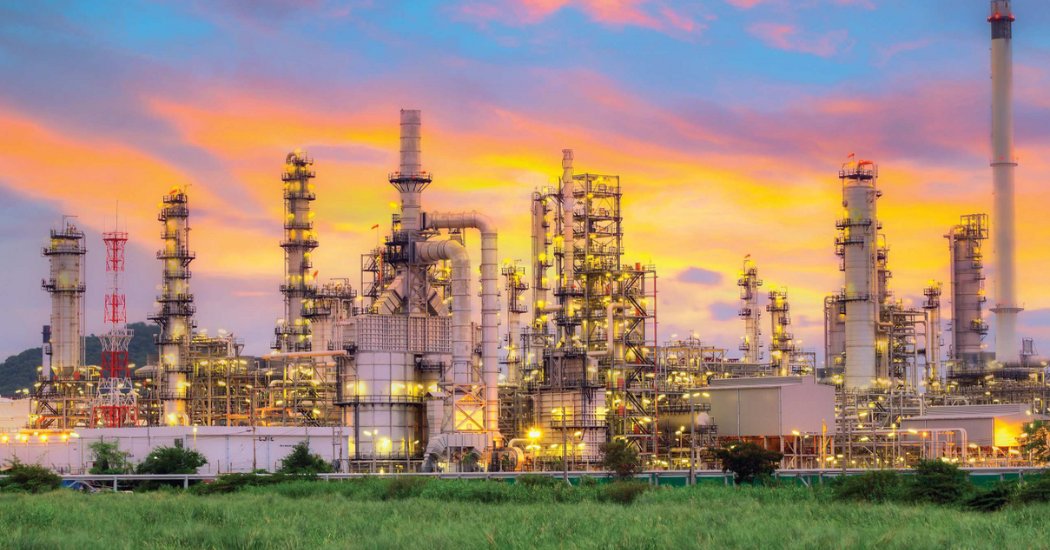Centrifugal and axial compressors are some of the most critical components used within a process plant to handle gases. These machines impart energy to the process fluid, helping to create optimum process conditions while also allowing the transfer of fluid. They typically comprise a major portion of the equipment cost on a project and thus generally do not have a spare or stand-by equipment. Proper operation of these machines is imperative to the ensure the plant runs safely and reliably.
However, these compressors can be exposed to surge events, which tend to have adverse effects on a compressor’s lifetime
productivity. In some cases, the surge event can also be disastrous to the compressor, leading to extended periods of lost
productivity.
Compressors are designed to take in energy from an external source (compressor driver) and transfer it to the process fluid to maintain a continuous and reliable flow rate. But if the flow rate changes suddenly — due to an upset condition elsewhere in the system — the compressor’s energy balance is disrupted, causing a reversal of gas flow as well as higher temperatures and increased vibration inside the compressor. When this happens, the blade stalls, causing the thrust and flow across the blade to stop. The cyclic reverse and normal flow inside the compressor result in forces hammering the bearings of the compressor. This occurrence is referred to as a surge event. Together, these conditions can lead to catastrophic compressor failure. This process can happen in seconds, making it difficult to react to — which puts not just the compressor, but the entire operation at risk. The latter scenario faces a high potential of resultant downtime and production losses. Operators must employ methods to protect the system from the dangers of surge.
A standard method to mitigate these risks is using an anti-surge control system that controls the performance of the compressor through an anti-surge valve (ASV).
